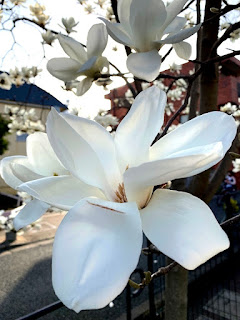My First Blog Post

The purpose of my blog is two folds. One is to save my thoughts as texts instead of being stored in the memory neurons in the brain. That way, I hope I can grasp what I am in a more accurate manner. Another is to share my thoughts with other people. I intend to cover various aspects of Japanese culture, whether they are obscure or well-known. In my view, culture stems from things people do without being conscious. Those unconscious behavior include food, clothing and shelter, the way people greet, the way people walk, the way people talk, the way people move their eyes, the way people move their hands and arms during conversation, the way people nod, distance between two individuals when they talk, the way shop clerk treats customer, various body languages, among others. Since people do those unconsciously, they are naturally passed over generations provided that the behavior does not give rise to existential threat. Most of the people I describe in...






